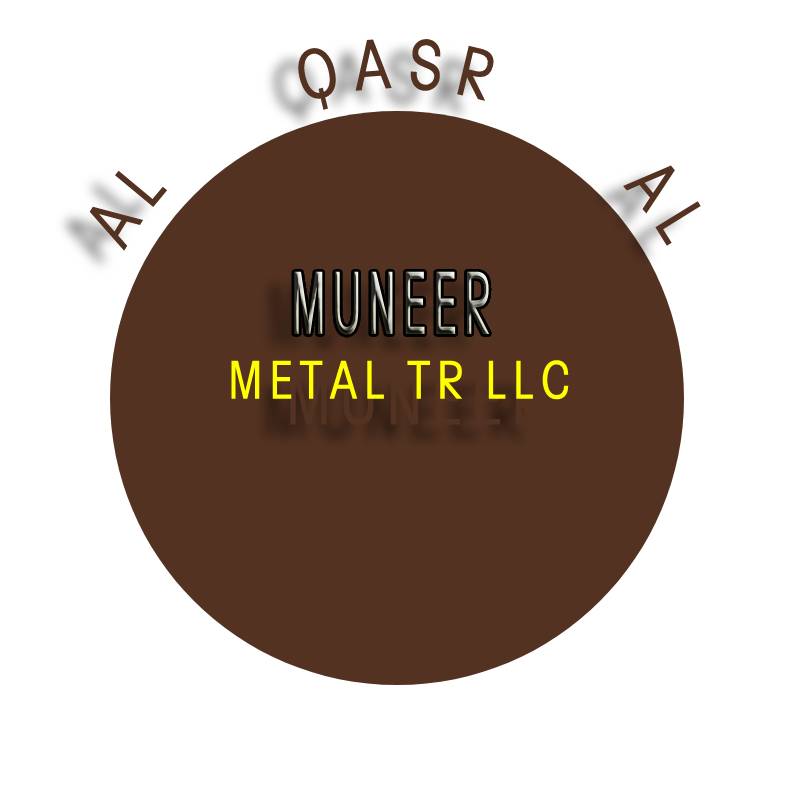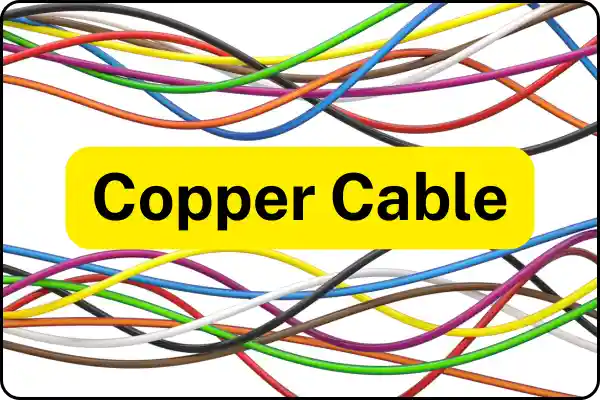Copper Wire: Powering Modern Life with Reliability
The copper wire is a widely used material in the field of electricity and electronics. Known for its exceptional conductivity, strength, and durability, it is a foundation of electrical infrastructure in homes, industries, and technology. It allows the safe and efficient transmission of electrical current, making it an essential component of nearly every modern device and system that depends on electricity.
What Is Copper Wire?
It is a metallic conductor made by drawing copper into long, thin strands or solid lengths. These wires can be bare or insulated, depending on their use. The base material, copper, is a reddish-brown metal that is highly conductive and has excellent thermal properties. The wire is manufactured in various thicknesses and can be found in single-core or multi-stranded forms.
Its ability to carry electric current with minimal resistance is what makes it ideal for electrical wiring and energy distribution. Bare copper wire is commonly used in electrical systems, especially for grounding purposes. In electrical installations, grounding ensures safety by providing a direct path for excess electrical current to dissipate into the earth.
Bare wire of copper is ideal for this because it has excellent electrical conductivity and doesn’t need insulation for grounding tasks. It’s also used in bonding and in some overhead power lines where insulation is not required.
Importance in Wiring
The reason copper is preferred for electrical wire lies in its unique properties. It has a low level of electrical resistance, which allows electricity to flow through it with great efficiency. It also resists corrosion, which means it maintains its conductivity over long periods.
Copper is also highly ductile, meaning it can be stretched into thin wires without breaking. This makes it versatile and easy to work with, whether it is used in residential construction or in intricate electronic circuits. The durability of copper wire further adds to its value, as it can endure mechanical stress and thermal fluctuations without significant degradation.
Common Copper Uses
Copper wire roll is used almost everywhere electricity is needed. In residential and commercial buildings, these wire forms the backbone of electrical wiring systems. It is used to connect lights, switches, appliances, and power outlets. In the industrial sector, it is essential in machinery, motors, generators, and control systems.
In automotive, aerospace, and electronics, it is used in circuit boards, mobile devices, and computers to allow precise and efficient data and power transmission. The telecommunications industry also relies on copper wire for its ability to transmit signals over long distances with minimal interference.
Types and Forms of Cuprum Wire
The wire comes in several forms, depending on its intended use. It may be produced as a single solid wire for permanent installations such as household electrical systems, where it provides consistent performance and is easy to route through walls and conduits.
Alternatively, it may be made as a stranded wire, composed of many thin copper strands twisted together. This type of wire is more flexible and is used in situations where the wire needs to bend, move, or vibrate, such as in portable electronics or moving machinery.
Some copper wire is coated with tin to protect it from corrosion, especially in marine or high-humidity environments, while other wires remain bare and are used for grounding and bonding purposes.
Benefits of Using Cu Wire
The use of this wire offers several important advantages. Its excellent conductivity ensures that electrical current travels efficiently, minimizing energy loss. It performs reliably under high temperatures, which is critical in heavy-duty applications. It is also strong and flexible, allowing it to endure bending and twisting without breaking.
Its corrosion resistance means that it maintains its performance over time, even in challenging conditions. These qualities make copper wire a safe, cost-effective, and long-lasting choice for any electrical system.
Environmental and Economic Impact
It is not only effective in function but also sustainable in nature. Copper is fully recyclable without any loss in performance. A large percentage of the copper used today has been recycled, contributing to the conservation of natural resources.
The recycling process also consumes significantly less energy compared to mining and refining new copper, making it more environmentally friendly. Economically, the high value of copper encourages recovery and recycling, supporting industries that depend on it while reducing waste.
Conclusion
Wiring of cuprum plays a silent yet powerful role in our daily lives. From lighting up homes to powering advanced technologies, its presence is everywhere. Its high conductivity, durability, and adaptability make it a preferred material in countless applications.
As society continues to rely on electrical and electronic systems, the importance of copper wire will only grow, maintaining its status as one of the most essential materials in modern infrastructure and technology.


